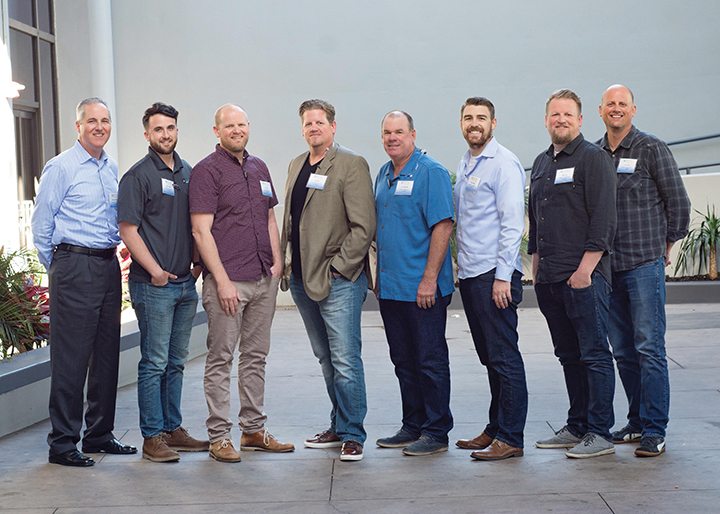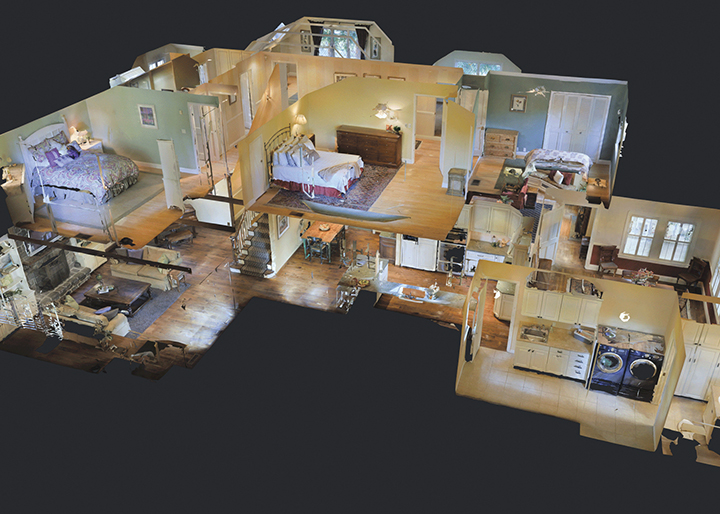Median Prices Increase Annually During First Quarter of 2021 in 75 Percent of Opportunity Zones
Median Values Again Rise At Least 10 Percent in Almost Two-Thirds of Zones ATTOM Data Solutions, curator of the nation’s premier property database, released its first-quarter 2021 special report analyzing qualified low-income Opportunity Zones established by Congress in the Tax Cuts and Jobs Act of 2017. In this report, ATTOM looked at 4,579 zones around the United States with sufficient sales data to analyze, meaning they had at least five
Read More












